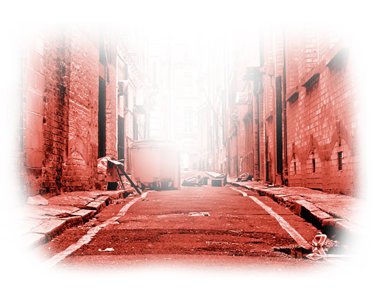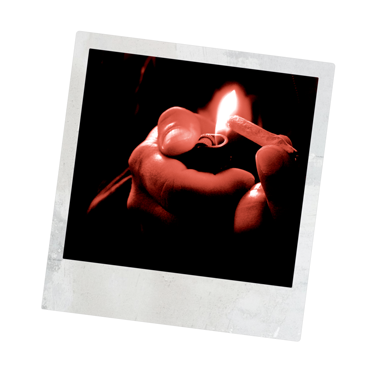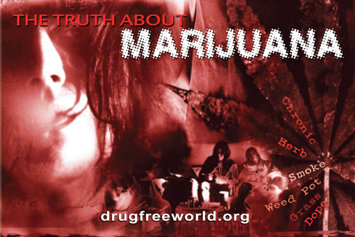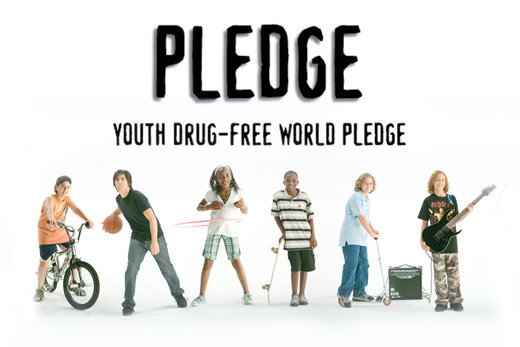ON THE ROAD TO DRUG ABUSE

Recreational marijuana users take the drug for the high or buzz it creates. Continued use builds tolerance, leading them to consume more potent marijuana, high-potency dabs or edibles or even try stronger drugs.
Marijuana itself does not directly lead a person to other drugs, but most addicts started with marijuana or alcohol.

One study found that nearly half of lifetime marijuana users go on to use other drugs. Nearly everyone who has used cocaine or heroin (95–97 percent) started with marijuana.1
People take drugs to escape unwanted situations or feelings. Marijuana masks these problems while the user is high. But, when the high fades, the problem or unwanted condition or situation returns more intensely than before. This can lead the user to stronger drugs when marijuana “no longer works.”
Marijuana users often gather in groups at parties or just hang out to share the drug with others. When someone introduces a new drug to the group, it is part of the group mentality to encourage others to join in with that new and potentially addictive drug.
I was given my first joint in the playground of my school. I’m a heroin addict now, and I’ve just finished my eighth treatment for drug addiction.” —Christian
REFERENCES
- Cannabis Use and Risk of Prescription Opioid Use Disorder in the United States, National Institutes of Health, National Library of Medicine
Updated:












